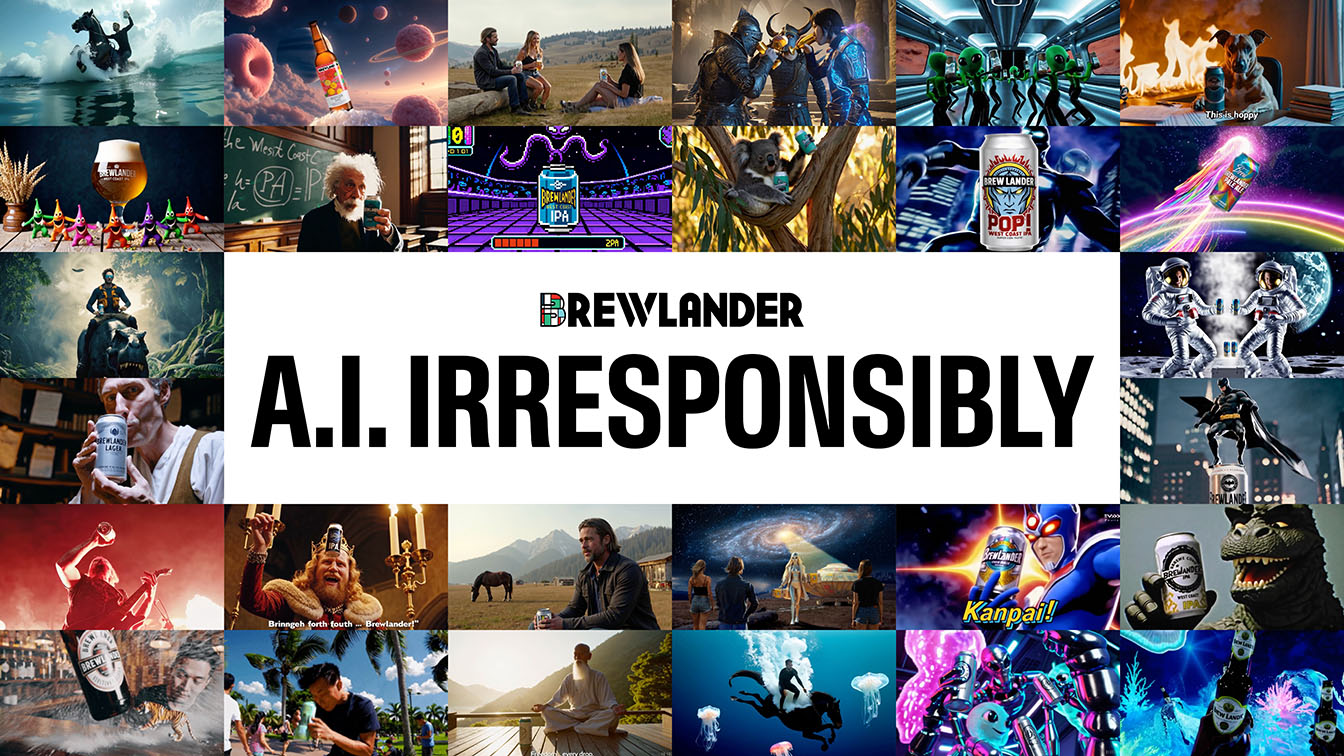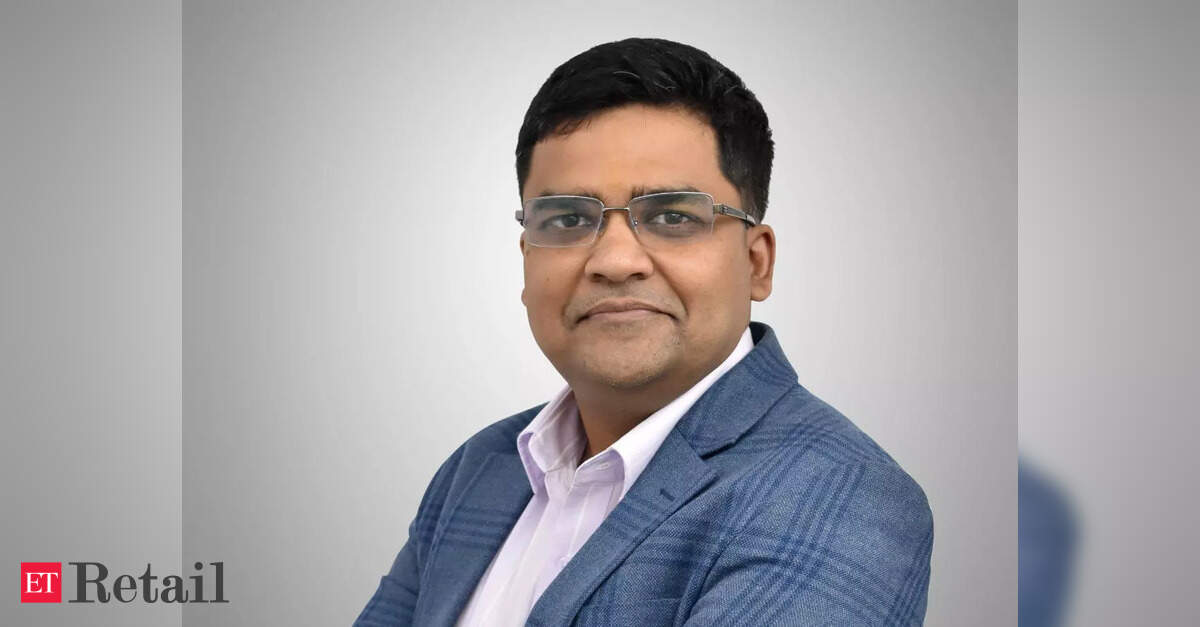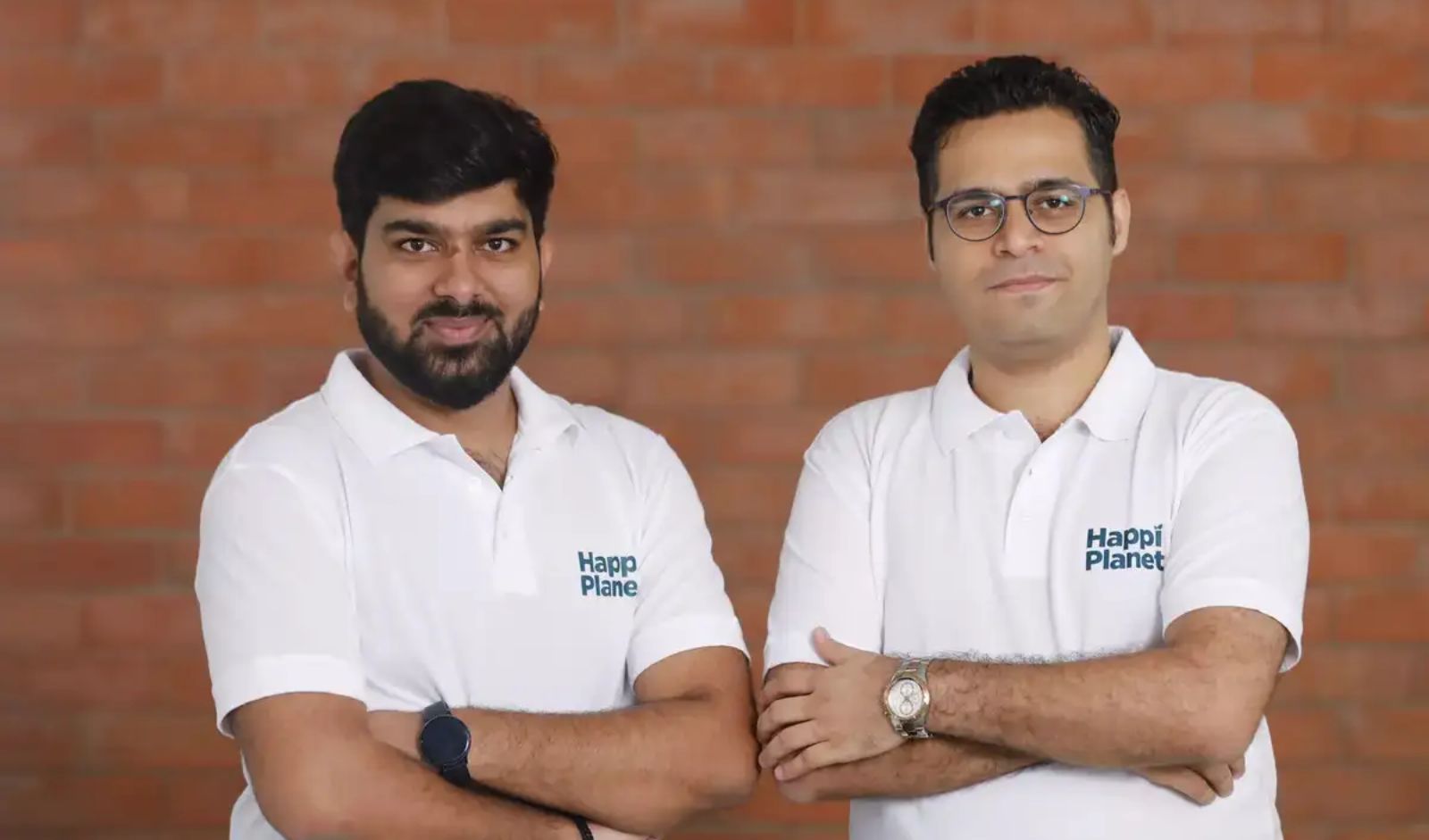- Musings From Deepak @ DSG Consumer Partners
- Posts
- Deepak's Musings #180:🛒 What's happening with consumers and CPG in Southeast Asia
Deepak's Musings #180:🛒 What's happening with consumers and CPG in Southeast Asia
💥 Kimberly-Clark X Kenvue: What It Means for Insurgent Brands in India & SE Asia
I'm passionate about exploring every facet of consumer and insurgent brands. Through my newsletter, I curate insights from my reading, analysis, and personal reflections on the evolving brand landscape. Connect with me on X at @dishahdadpuri or follow DSG Consumer Partners at @dsgcp for ongoing conversations about brands reshaping markets.
p.s. You can click any summary link to read the full article from its source.

🛒 The evolving Southeast Asia consumer: long-term opportunity with short-term headwinds
Bain & Company has just published its latest report on SEA consumers. The 32-page report is a must-read for anyone in the CPG ecosystem in ASEAN. For a data geek like me, there are so many nuggets and rabbit holes to delve into. Bain presents eight trends (see chart below) that are relevant today.
For me, the three main takeaways are:
1. AI and social commerce are transforming how consumers discover and purchase products.
2. Emergent brand founders must be very clear about where they are positioning the brand (value, mainstream, or premium), as this will influence their GTM.
3. Vietnam, the Philippines and Indonesia forecast to grow the quickest
Access the full report here - What's Happening with Consumers and Consumer Products

🛍️ Are younger shoppers product-driven instead of brand-driven?
Gen Z and Gen Alpha are rewriting the rules of engagement with brands. BCG’s new report shows this cohort (28 and under) is on track to drive 40% of US spend, ditching brand-first loyalty for product obsession, creator-fueled relevance, and a social discovery-to-purchase flywheel. 4 in 10 are already using AI to shop. Soon, it will be agents. Insightful research for anyone building a brand and how to reach their consumer. This report is focused on the fashion industry but is definitely relevant more broadly across consumer sectors.
Click here to access full report.
💥 Kimberly-Clark X Kenvue: What It Means for Insurgent Brands in India & SE Asia
This is mega news. The combined business will have TEN $1 Bn brands.
This is my initial takeaway.
Kimberly-Clark’s $48.7B acquisition of Kenvue is a signal. The CPG giants are doubling down on scale, science, and consumer health. But what does that mean for insurgent brands across India and Southeast Asia?
✅ The Good: The incumbents are hungry for innovation. They will increasingly buy or partner with agile insurgents who own niche segments. Extensive integration like this means portfolio clean-ups, so expect to see McKinsey, Bain and BCG doing merger and post-integration work. This opens white space on shelves and in consumer mindshare. Consumers, especially Gen Z in Asia, may push back against “big brand sameness”, fuelling a counter-trend toward authenticity and local relevance.
⚠️ The Bad: More competition in categories like personal care and wellness, as the even bigger KC flexes its distribution muscle. With Kenvue gone, we have one less acquirer.
🎯 Net-net: For insurgent brands, this is both a challenge and an opening. Insurgents can never win on scale. You need to win on storytelling, authenticity, speed and innovation.
💝 Business as a force for good: Pip & Nut sets up charity
One of the reasons I backed Pip Murray and Pip & Nut was her clarity and focus on building a purpose-led business. Many people try. Very few succeed. This aligns with my belief that we must use business as a force for good.
The Pip & Nut Foundation will pledge 10% of annual profits (and a 0.5% of net revenue floor) to fund community meal programs tackling both food poverty and loneliness. In year one, that translates into 60,000+ meals via partners like FoodCycle, World Central Kitchen (with support focused on Gaza), CanTeam, and local East London organisations.
🤝 Gordrej Consumer acquires 9-year-old insurgent brand Muuchstac
Expect more acquisitions as larger CPG companies acquire fast-growing insurgent brands.
📈 Orkla files to go public
A crisp read for anyone tracking India’s regional food champions as they go national. I remember looking at MTR in 2007 when Orkla acquired it. In 2020, Orkla acquired Eastern Condiments. There have been a few sagas along the way, legal suits with the original MTR promoters, counter-suits and more.
What I am watching out for is how the market will price this company as it goes public. At the top end of the price band, this implies a market cap of INR 10,000 Crs (US$1.1 billion)
🌐 Brewlander’s new ad campaign
I love what Brewlander just did. Working with BLKJ Havas, Brewlander printed OOH posters and magazine spreads featuring AI-generated text-to-video prompts that anyone can paste to create wild, big-budget-looking beer, plus perks for fans who participate. It’s cheeky and fun, with a simple message: spend on the beer, not the million-dollar commercial.
💰 New consumer fund focused on celebrity and creator pipes - Gruhas Collective Consumer Fund
The Gruhas Collective Consumer Fund appears to be an exciting VC model that brings together Nikhil Kamath’s Gruhas and Vijay Subramaniam’s Collective Artists Network (CAN). I have had the pleasure of working with and getting to know Vijay, and I have been impressed by his conviction about the changing media world. The fund captures just that. He described it to me as plugging portfolio brands into CAN’s celebrity/creator pipes and creating awareness and distribution.
How younger Indians consume media and what influences them are changing. We are in the world of TikTok, Reels, Instagram, etc.
I will be tracking GCCF and how it leverages new media, tech, and consumer behaviour to build rails to get brands into consumers' hands.
💼 Dabur Ventures joins the consumer VC landscape
Another CVC. Dabur just announced Dabur Ventures, a ₹500 crore balance-sheet war chest to back digital-first consumer brands across its core lanes—personal care, healthcare, wellness foods, beverages, and Ayurveda.
Think of it as buying speed: scout D2C upstarts, plug them into Dabur’s R&D, credibility, and distribution, and scale what sticks. ET breaks down the mandate, where cheques might land, and what this says about how India’s old-guard FMCG is rewiring for the next growth curve—worth a skim if you track corp-VC moves in consumer.
Will we see more Indian CPG companies set up venture arms? I think we do. The bigger question is how these companies empower the CVCs and what their mandates will be.
For those interested in learning more about CVCs, a good place to start is this article for INSEAD’s Prof Claudia Zeisberger in the Harvard Business Review.

















Reply